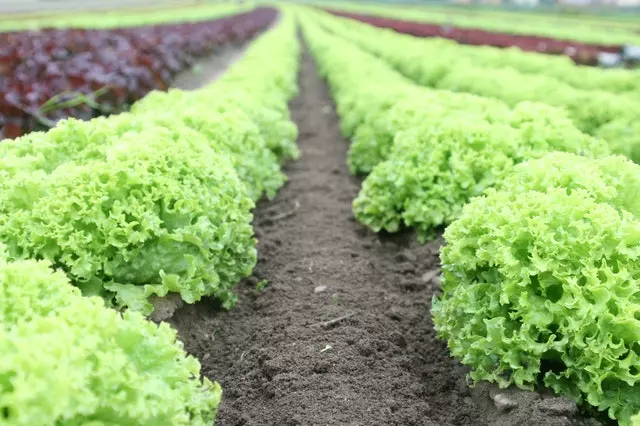Environmental responsibility is instilled by each person with a small or large contribution to our mother earth, the ideal is always to think about a healthy consumption reciprocally for us and our beloved earth, since, existing in a limited planet, we must think limitedly in the resources we consume and likewise in the after, to know the waste we are generating is going to end up. A good way is to start implementing strategies from home, if we have a large yard, we can take advantage of it, making a home vegetable garden.
What is a home vegetable garden?
It is the piece of land on which vegetables, fruits, or plants that are consumed in the home are planted.
Benefits
1. To provide our loved ones with organic, healthy, and fresh food.
2. If produced in large quantities, there may be the possibility of sale and income generation.
3. It contributes to our physical condition.
4. You would be environmentally responsible.
How to select the right place for the vegetable garden?
1. Make sure it is out of the shade.
2. Close to water sources to facilitate irrigation.
3. Protect it from strong winds, times of excessive rain, as well as animals or pests that may damage the fruit.
What should I use to make the vegetable garden?
1. I must select what I want to plant (seeds or seedlings).
2. Hoe.
3. Rake.
4. Wire and pliers.
5. Compost.
6. Manure (optional).
7. Water.
8. Hose for spraying the orchard.
Alternatives to building a vegetable garden
1. Milk crates.
2. Pailas.
3. Metal or plastic containers (without mold).
4. Concrete planters.
5. Planters in wood (preferably treated).
6. A fertilization and irrigation plan should always be followed.
7. You can also recycle the wooden boxes used to transport fruits and vegetables, or use separate pots as containers.
What fertilizer should I use?
A. Chemical fertilizers: these are mostly inorganic and are applied to improve soil fertility.
B. Organic fertilizer: (manure, compost) the advantage of organic manure is that it does not cause harm to the plant, animals, or humans.
Steps
1. We will prepare the soil to aerate it, and with the help of a hoe and a rake, we will clean it of possible weeds and stones.
2. A layer of 2 to 10 centimeters of compost and reinforced leaf soil is added, depending on the quality of the soil. Some manure can also be added, but we must keep in mind that it gives off a strong odor and attracts flies or other insects.
3. Once the soil is prepared, we can start planting the vegetables of our choice.
Tips
1. Choose productive and hardy plants.
2. We should always take into account the distance that is necessary to maintain between plants so that they can grow without problems. It is recommended to plant and water the vegetables early in the morning or in the evening, avoiding the hardest hours of sunlight.
Generate healthy habits for you and your family with a vegetable garden, so you can be environmentally responsible!














 Fundación
Fundación